Chepstow Castle | Visit Amazing Welsh Castles
Chepstow Castle stands on the cliffs overlooking the River Wye in Monmouthshire. It is one of the earliest Norman stone fortifications in Britain.
The castle played a key role in the defence of the Welsh Marches. Its strategic riverside position made it important for controlling trade and military movement. Today, the castle is managed by Cadw and remains a popular site for history enthusiasts and visitors.
Quick Facts
Location: Chepstow, Monmouthshire, Wales
Founded: 1067 by William fitzOsbern, a close ally of William the Conqueror
Type: Norman stone fortress with later medieval modifications
Condition: Partially ruined but well-preserved sections remain
Managed by: Cadw, the Welsh Government’s historic environment service
Dog Policy: Dogs allowed on leads, except inside roofed areas
Unique Feature: The oldest surviving castle doors in Europe, dating from the 1190s
Brief History
Construction began in 1067 under William fitzOsbern. This made it one of the first Norman castles built after the conquest of England. The original fortification featured a simple rectangular stone keep. This was unusual at a time when most castles used earth and timber.
During the 12th century, it changed hands multiple times. It came under the control of powerful Marcher Lords, who expanded and reinforced the defences. One significant owner was William Marshal, Earl of Pembroke. He modernised the castle during the late 12th and early 13th centuries. His work included the addition of new defensive walls and the strengthening of the Great Tower.
In the 13th and 14th centuries, the castle underwent further development. The Bigod family added new domestic buildings and reinforced the southern side with a massive gatehouse.
The castle saw action during the English Civil War in the 17th century. It was held by Royalists before being captured by Parliamentarian forces. After this period, the castle fell into decline and was no longer used as a military fortress.
Today, the castle stands as a significant historical site, reflecting over 900 years of military architecture.
Features and Layout
The castle stretches along a narrow cliff top, following the curve of the River Wye. Its design features four baileys (courtyards), each added during different historical phases. This gives the castle an unusually elongated layout.
The Great Tower, built in 1067, remains one of the oldest standing stone castle keeps in Britain. It features high walls, simple Norman windows, and internal chambers.
The castle’s gatehouse, constructed during the 13th century, features a twin-towered design. It includes defensive arrow slits and a murder hole, which allowed defenders to attack intruders from above.
Visitors can also view the medieval domestic ranges, including the kitchen and hall, which were built to accommodate the castle’s inhabitants in comfort during peacetime.
A unique highlight is the castle’s original wooden doors. These date back to the 1190s and are displayed within the castle grounds. Experts have identified them as the oldest surviving castle doors in Europe.
The castle walls bear marks of graffiti from various centuries. Some date back to the medieval period, giving a rare insight into historical visitors and inhabitants.
Did You Know?
The castle’s strategic cliff-top position meant it never needed a moat. The natural steep cliffs provided sufficient defence on one side.
Images
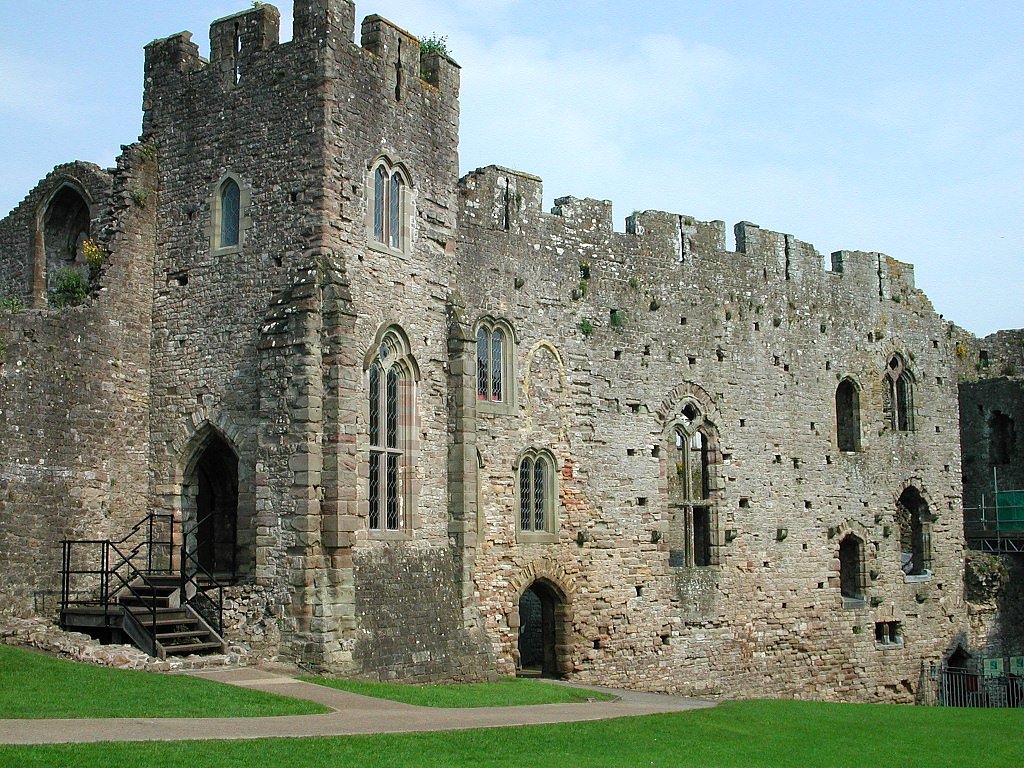
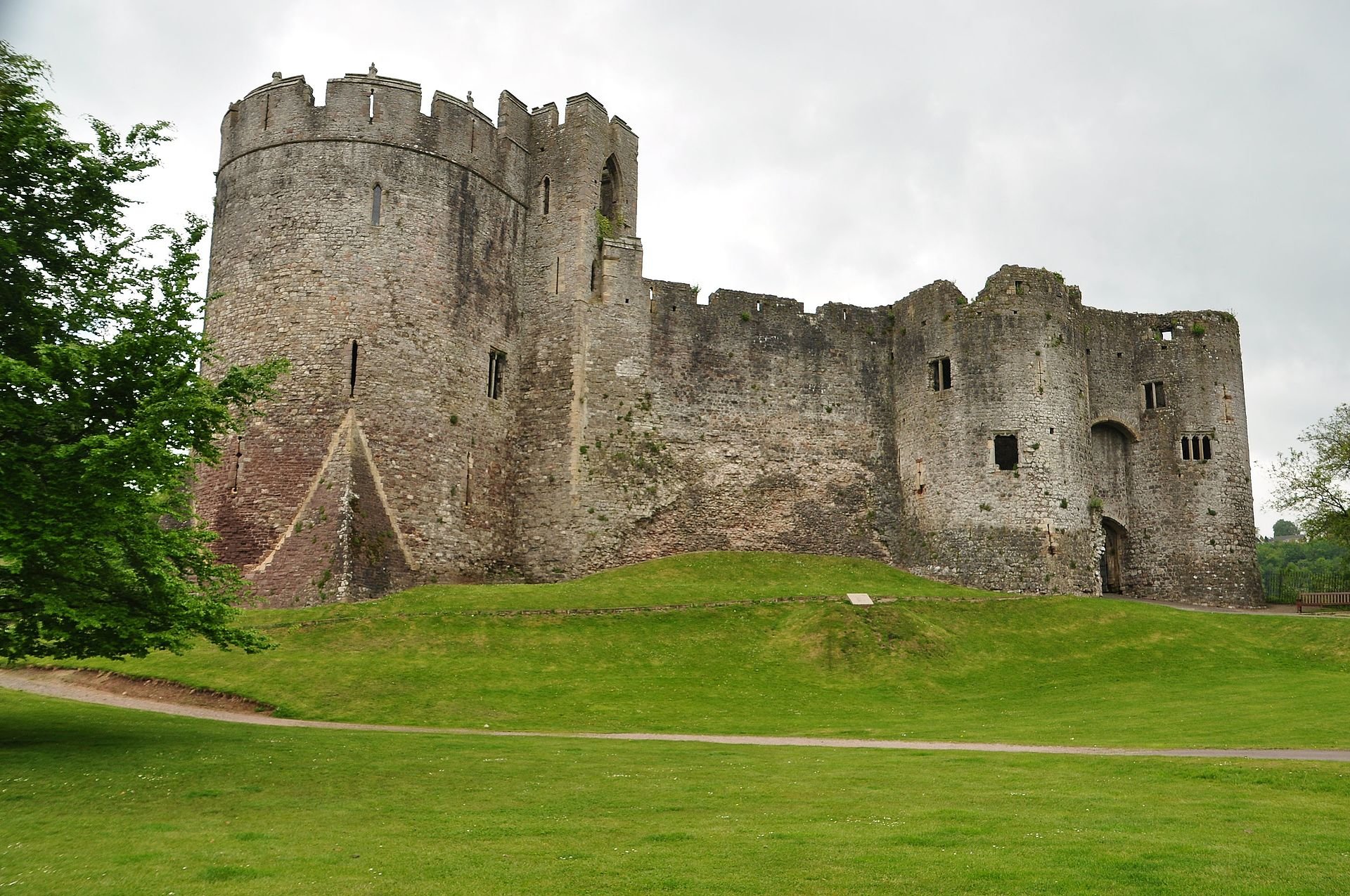
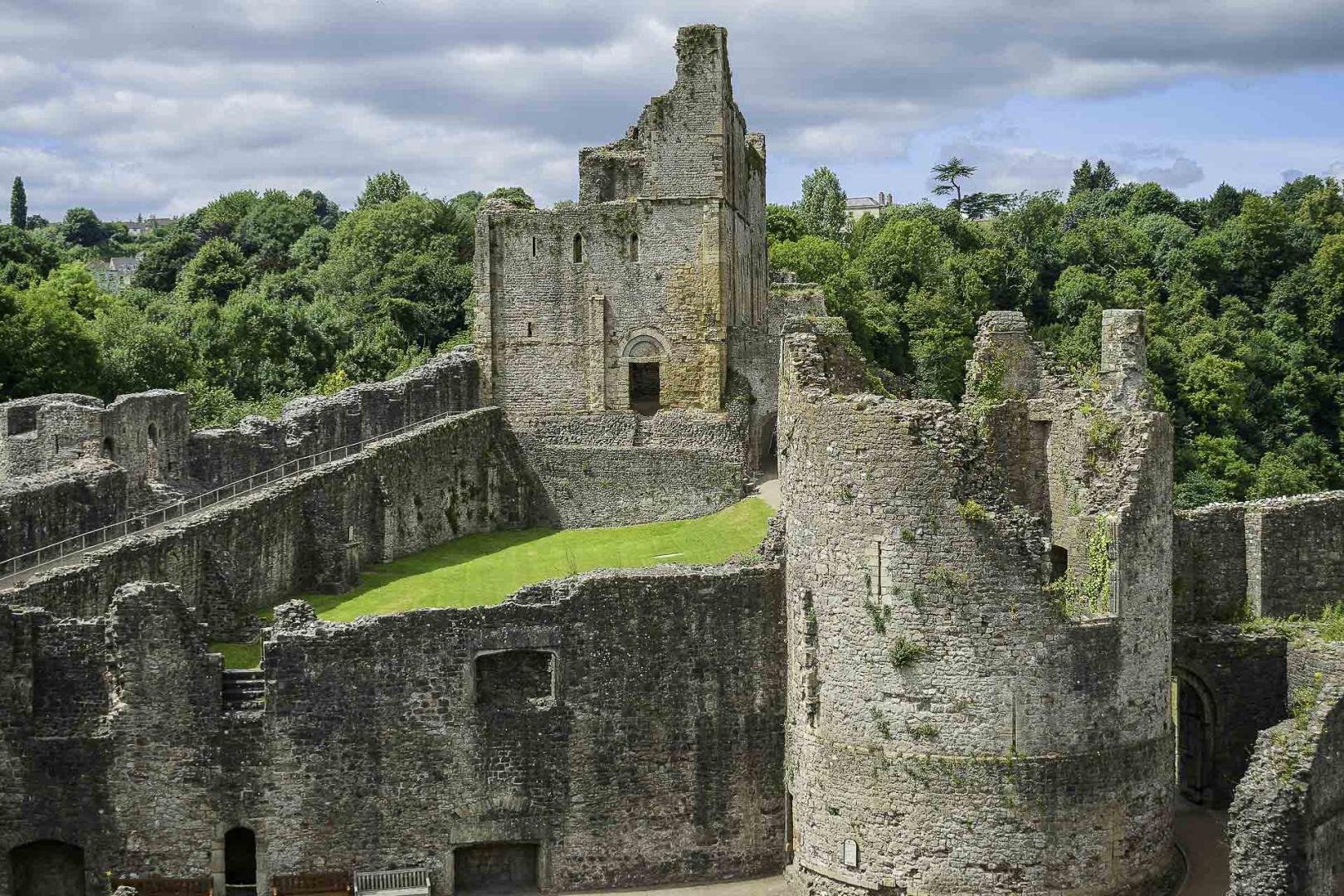
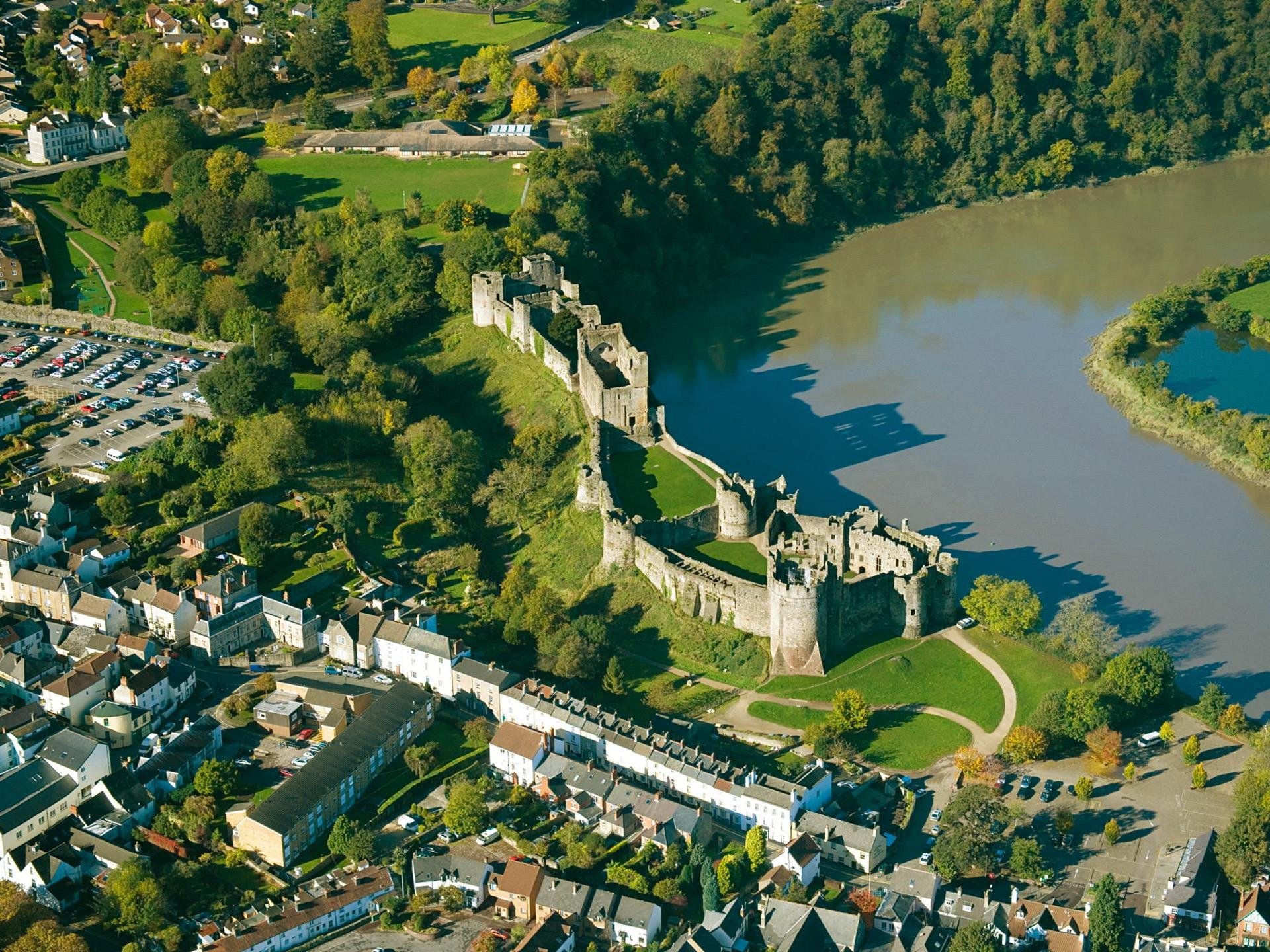
Legends and Stories
The castle has inspired several local legends and stories over the centuries.
One well-known story involves the ghost of Henry Marten, a regicide who signed the death warrant of King Charles I. Marten was imprisoned in the castle after the Restoration in 1660. According to some accounts, his restless spirit still roams the castle grounds. This tale is often mentioned by local tour guides and highlighted in visitor reviews on TripAdvisor (TripAdvisor).
Another local tradition refers to hidden treasures. Folklore claims that valuables were concealed within the castle walls during the Civil War period. No such treasure has ever been found, but the story persists among local residents and features in Chepstow visitor leaflets.
These stories contribute to the castle’s cultural significance, adding to its appeal for visitors interested in both history and legend.
Visiting
Always check Cadw for latest details.
The castle is open year-round, except on 24th, 25th and 26th December and 1st January.
Opening times (last admission 30 minutes before close):
1 March – 30 June & 1 September – 31 October: 09:30–17:00 daily
1 July – 31 August: 09:30–18:00 daily
1 November – 28 February:
Mon–Sat: 10:00–16:00
Sunday: 11:00–16:00
Ticket prices (as of Jul 2025):
Adult: £8.70
Senior or student: ~£8.10
Child (5–17): £6.10
Under 5s: free
Family (2 adults + up to 3 children): £28.20
Cadw membership offers free entry to Cadw sites including Chepstow .
Universal Credit £1 ticket available for eligible visitors .
Getting there & facilities
Address: Bridge Street, Chepstow, Monmouthshire, NP16 5EY
Parking: Pay-and-display Castle Dell Car Park below the castle (EV charging and 4 accessible bays)
Public transport: About 1 mile from Chepstow station; served by M4 motorway via J23 (east) or J21 (west), then M48/A466 & A48
Accessible toilets & baby changing: Located in the car park opposite castle
On-site amenities
Gift shop, picnic area, audio guide (£3 or free for members), hearing loops, water refill, bike storage
No toilets inside castle; outdoor helmets available for safety, and a defibrillator is on site
Dogs on leads allowed on ground-floor areas only; assistance dogs welcome throughout
Directions & advice
Path: Steep incline to castle; some areas may challenge mobility vehicle users. 12 benches available on site
Seasonal: Opening times shorten in winter; summer seasons offer extended hours
Before you go: Book ahead via Cadw website to guarantee entry slot
Nearby Attractions
Here are several noteworthy places close by:
Chepstow Museum
Situated opposite the castle on Bridge Street, this Georgian townhouse offers exhibits on the town’s maritime history, local industry, and cultural life.
Chepstow Port Wall
Constructed in the late 13th century by Roger Bigod, this medieval town wall once linked with the castle’s defences. You can walk along part of the remaining rampart for free.
Old Wye Bridge
This Grade I listed cast‑iron bridge spans the River Wye and marks the county boundary since its opening in 1816. It is just downstream from the castle.
St Mary’s Priory Church
A Norman-era church on Church Street. The west doorway dates back to the late 11th century, contemporary with the castle’s early phase.
Tintern Abbey & Devil’s Pulpit
Ruins of a Cistercian abbey with scenic walking trails; visit the legendary Devil’s Pulpit viewpoint via the Wye Valley Walk.
Wyndcliff (Eagle’s Nest Viewpoint)
Overlook the Wye Valley and the town from this limestone cliff viewpoint, part of the Picturesque Wye Tour.
Chepstow Racecourse
Host of the annual Welsh National, it also hosts race meetings and occasional concerts.
Visitor Tips
Buy tickets online via Cadw for faster entry, especially during holidays
Wear sturdy footwear as some areas have uneven surfaces
Take advantage of the audio guide for detailed historical insights
Visit early in the day to avoid peak visitor times
Dogs allowed on leads in outdoor areas, but not inside roofed sections
Bring a picnic; there are designated picnic areas inside the castle
Use the Castle Dell Car Park for closest access; remember it is pay-and-display
Accessible toilets are outside the castle, near the car park
Photographers will find best light in the morning when the sun rises over the River Wye
Combine your visit with Chepstow Museum and the Old Wye Bridge, both a short walk away
FAQs
-
Most visitors spend between 1 and 2 hours at Chepstow Castle. Those interested in history or photography may stay longer.
-
Chepstow Castle has some steep paths and uneven ground. The main entrance and the lower bailey are accessible, but upper levels have limited access. Cadw provides a detailed access guide (cadw.gov.wales).
-
Yes, dogs on leads are allowed in ground-floor outdoor areas. They are not permitted in roofed areas. Assistance dogs are allowed throughout.
-
Yes, Cadw members enjoy free entry to Chepstow Castle along with other Cadw sites. Membership also includes discounts on guidebooks and events.
-
You can park at Castle Dell Car Park, directly below the castle. It offers pay-and-display parking, EV charging, and accessible bays.
Wrapping it Up
This castle is a significant historical landmark in South Wales. It offers visitors a clear view of Norman military architecture. Its well-preserved features include the oldest castle doors in Europe. The site provides a practical visitor experience with good access, nearby parking, and educational displays. Its riverside position allows for scenic views, while nearby attractions such as Chepstow Museum and Tintern Abbey can easily extend your visit. It remains a key destination for learning about the history of the Welsh Marches.
Sources
Cadw official site for opening times, ticket prices, access guide, and visitor facilities
https://cadw.gov.wales/visit/places-to-visit/chepstow-castleVisit Wales for general visitor information and nearby attractions
https://www.visitwales.com/attraction/castle/chepstow-castle-cadw-516062Visit Monmouthshire for parking details and local travel
https://www.visitmonmouthshire.com/things-to-do/chepstow-castle-cadw-p1502581Visit South East Wales for seasonal opening information
https://visitsoutheastwales.com/chepstow-castleWikipedia Wyndcliff page for regional viewpoints
https://en.wikipedia.org/wiki/Wyndcliff


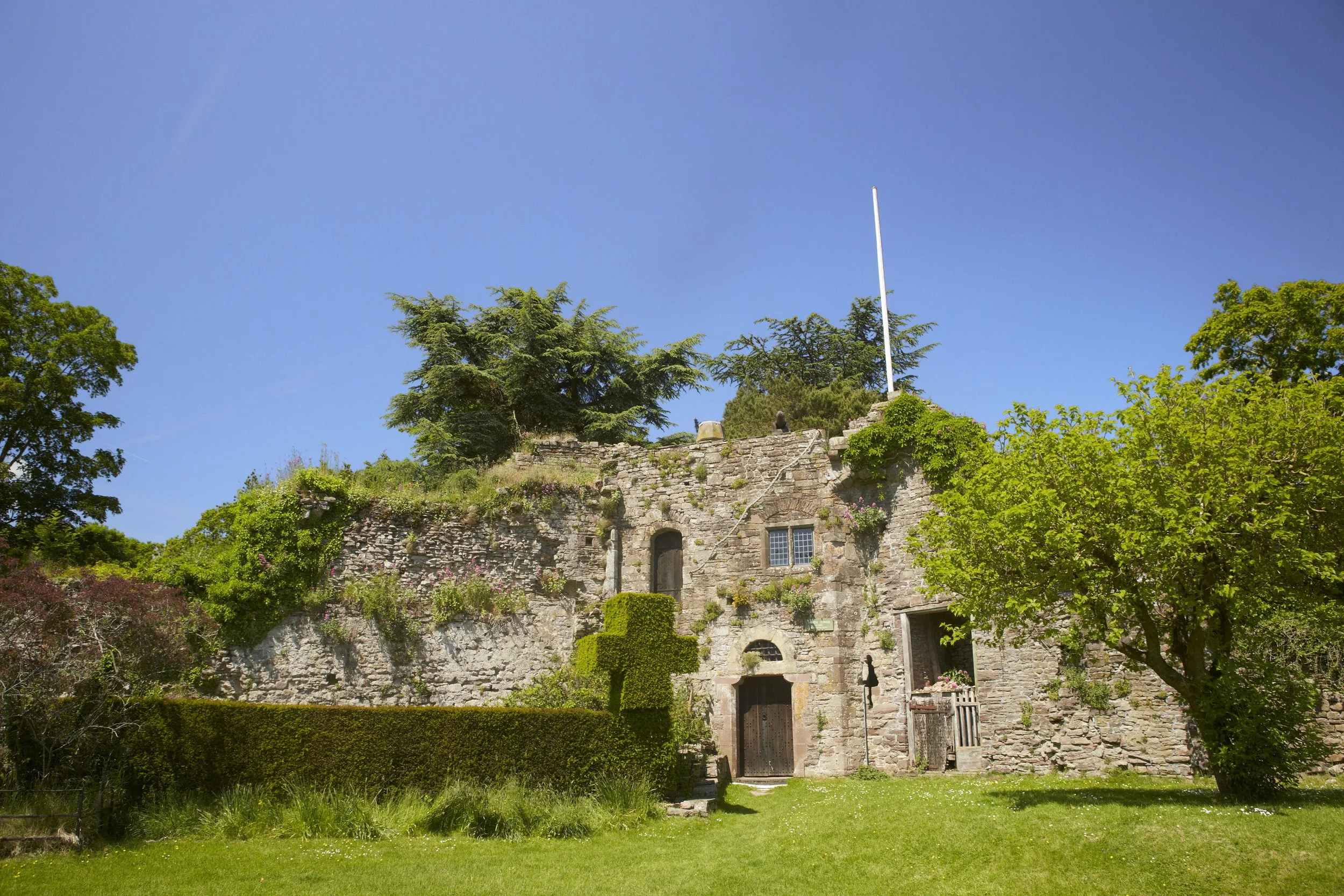
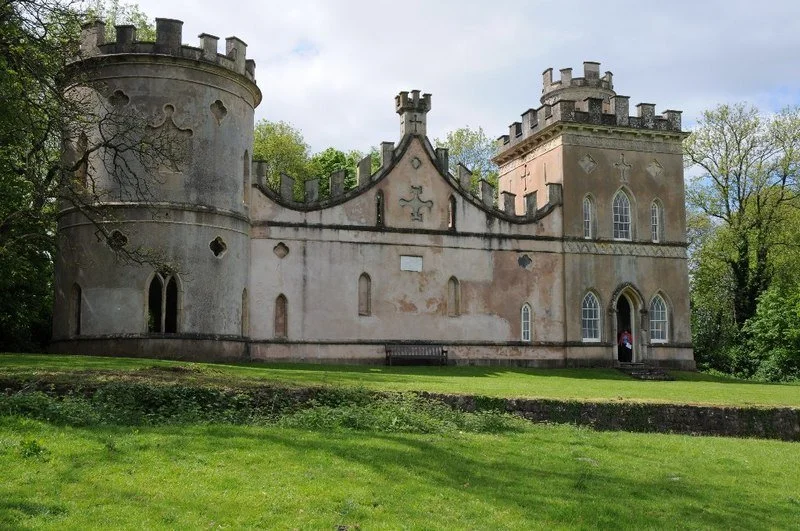
Cardiff Castle is a medieval and Victorian-era site in the centre of Cardiff, the capital of Wales.